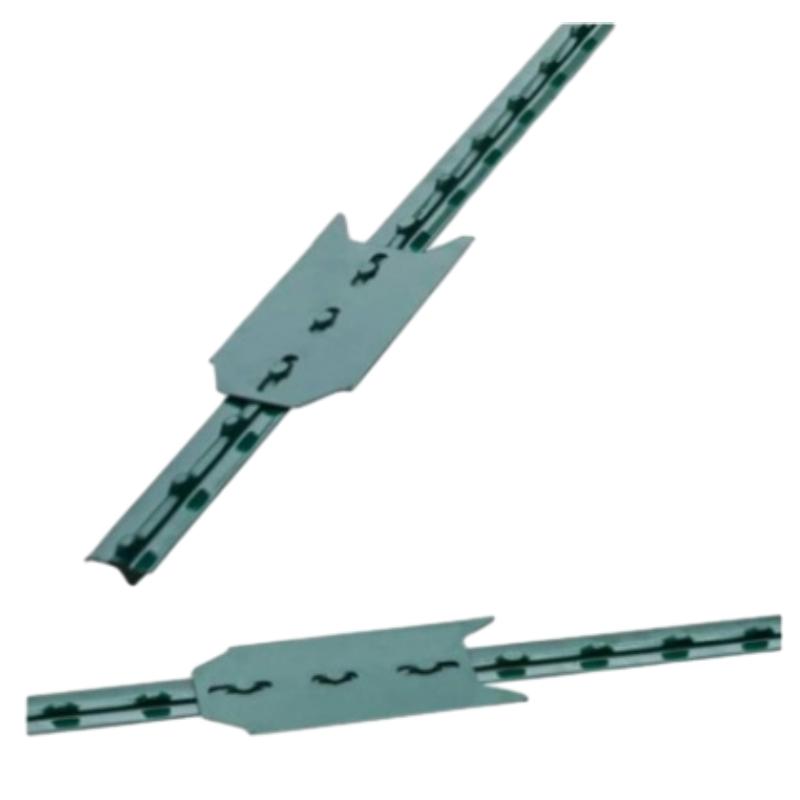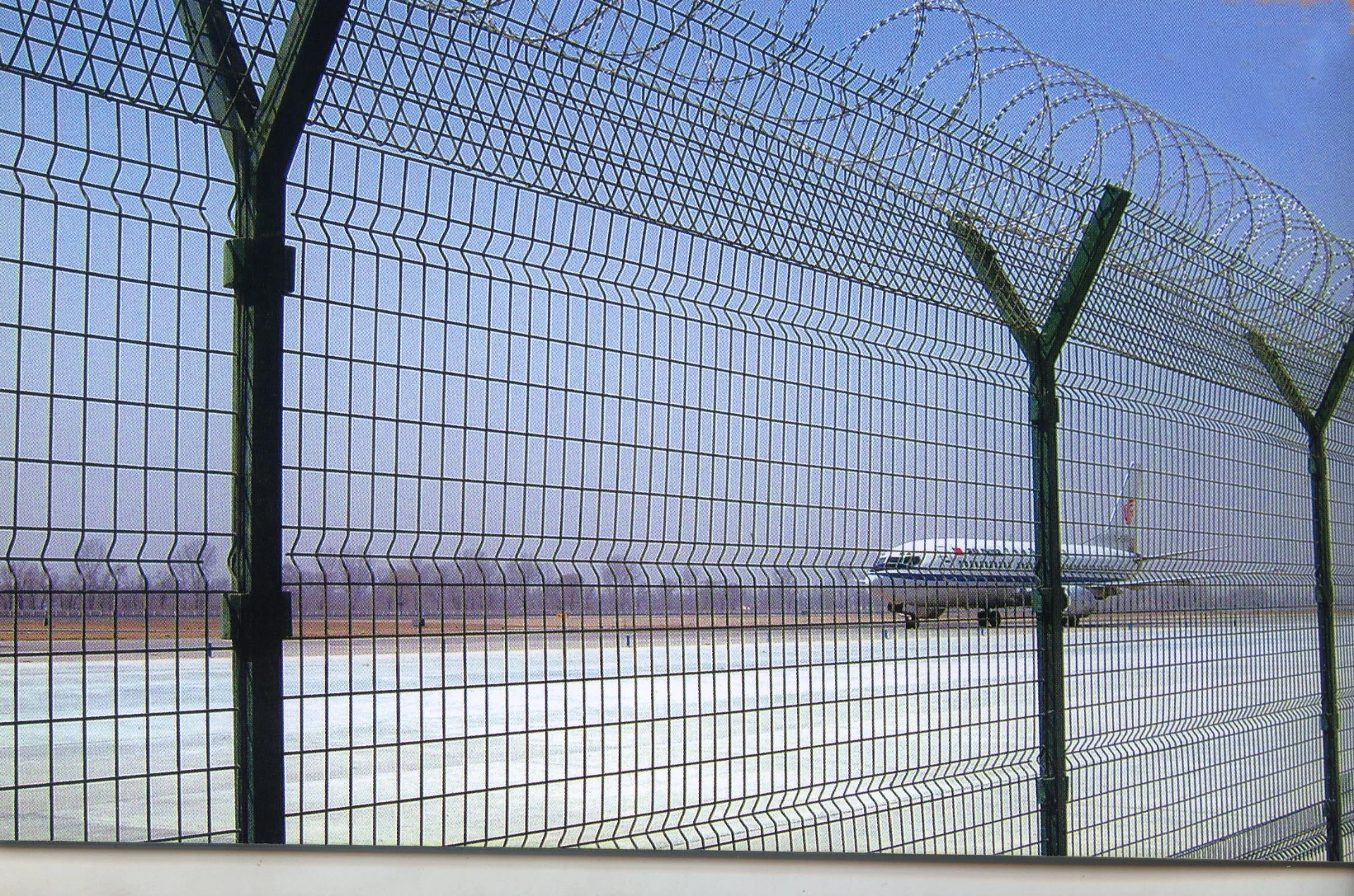-
Email:zhao@hyliec.cn
-
Tel:+86 311 85273988
-
WhatsAPP:8613931128750
-
 Afrikaans
Afrikaans -
 Albanian
Albanian -
 Amharic
Amharic -
 Arabic
Arabic -
 Armenian
Armenian -
 Azerbaijani
Azerbaijani -
 Basque
Basque -
 Belarusian
Belarusian -
 Bengali
Bengali -
 Bosnian
Bosnian -
 Bulgarian
Bulgarian -
 Catalan
Catalan -
 Cebuano
Cebuano -
 Corsican
Corsican -
 Croatian
Croatian -
 Czech
Czech -
 Danish
Danish -
 Dutch
Dutch -
 English
English -
 Esperanto
Esperanto -
 Estonian
Estonian -
 Finnish
Finnish -
 French
French -
 Frisian
Frisian -
 Galician
Galician -
 Georgian
Georgian -
 German
German -
 Greek
Greek -
 Gujarati
Gujarati -
 Haitian Creole
Haitian Creole -
 hausa
hausa -
 hawaiian
hawaiian -
 Hebrew
Hebrew -
 Hindi
Hindi -
 Miao
Miao -
 Hungarian
Hungarian -
 Icelandic
Icelandic -
 igbo
igbo -
 Indonesian
Indonesian -
 irish
irish -
 Italian
Italian -
 Japanese
Japanese -
 Javanese
Javanese -
 Kannada
Kannada -
 kazakh
kazakh -
 Khmer
Khmer -
 Rwandese
Rwandese -
 Korean
Korean -
 Kurdish
Kurdish -
 Kyrgyz
Kyrgyz -
 Lao
Lao -
 Latin
Latin -
 Latvian
Latvian -
 Lithuanian
Lithuanian -
 Luxembourgish
Luxembourgish -
 Macedonian
Macedonian -
 Malgashi
Malgashi -
 Malay
Malay -
 Malayalam
Malayalam -
 Maltese
Maltese -
 Maori
Maori -
 Marathi
Marathi -
 Mongolian
Mongolian -
 Myanmar
Myanmar -
 Nepali
Nepali -
 Norwegian
Norwegian -
 Norwegian
Norwegian -
 Occitan
Occitan -
 Pashto
Pashto -
 Persian
Persian -
 Polish
Polish -
 Portuguese
Portuguese -
 Punjabi
Punjabi -
 Romanian
Romanian -
 Russian
Russian -
 Samoan
Samoan -
 Scottish Gaelic
Scottish Gaelic -
 Serbian
Serbian -
 Sesotho
Sesotho -
 Shona
Shona -
 Sindhi
Sindhi -
 Sinhala
Sinhala -
 Slovak
Slovak -
 Slovenian
Slovenian -
 Somali
Somali -
 Spanish
Spanish -
 Sundanese
Sundanese -
 Swahili
Swahili -
 Swedish
Swedish -
 Tagalog
Tagalog -
 Tajik
Tajik -
 Tamil
Tamil -
 Tatar
Tatar -
 Telugu
Telugu -
 Thai
Thai -
 Turkish
Turkish -
 Turkmen
Turkmen -
 Ukrainian
Ukrainian -
 Urdu
Urdu -
 Uighur
Uighur -
 Uzbek
Uzbek -
 Vietnamese
Vietnamese -
 Welsh
Welsh -
 Bantu
Bantu -
 Yiddish
Yiddish -
 Yoruba
Yoruba -
 Zulu
Zulu
Heavy Duty Temporary Fencing for Secure & Flexible Site Protection Heavy Duty Fence Panels Supplier
- Introduction to heavy duty temporary fencing
and its importance - Technical advantages of heavy duty temporary fence panels
- Manufacturer comparison with data-driven table
- Customization options and solutions for varied environments
- Real-world application cases demonstrating effectiveness
- Best practices for installation, maintenance, and safety
- Conclusion on selecting heavy duty temporary fencing for optimal results

(heavy duty temporary fencing)
Understanding the Value of Heavy Duty Temporary Fencing
Heavy duty temporary fencing is increasingly indispensable across numerous industries, from construction and event management to public safety and infrastructure protection. As urban spaces become more dynamic and project scopes broaden, traditional fencing often falls short in delivering the required resilience and adaptability. Recent market analysis indicates that the global temporary fencing market is projected to grow at a CAGR of 6.5% between 2023 and 2028, driven largely by the rising demand for heavy-duty temporary fence panels capable of withstanding severe weather conditions, vandalism, and continuous relocations.
Structurally, this category of fencing is defined by robust galvanized steel or reinforced aluminum alloy compositions, typically yielding wind load resistance of up to 120 km/h and lifespan expectancy exceeding 8 years under standard outdoor use. In high-traffic construction environments, these systems help establish clear perimeters to limit unauthorized access, safeguard workers, and prevent costly liabilities. Their modular setup streamlines both installation and deconstruction, maximizing productivity while minimizing on-site downtime. By securing both assets and personnel, heavy duty temporary fence investments have been statistically linked to a 30% reduction in site incidents, according to insurance risk management reports collected from top civil engineering projects in North America.
Technical Advantages of Modern Heavy Duty Temporary Fence Panels
Advanced temporary fencing prioritizes not only durability but also convenience and flexibility. Current panels integrate welded mesh configurations, anti-climb profiles, and corrosion-resistant coatings that comply with ISO 1461 galvanization standards. The mesh aperture size—commonly 50mm x 150mm—strikes an ideal balance between security and visibility, deterring intruders without impeding operational oversight.
The modular design allows for rapid assembly and reconfiguration using precision-manufactured clips and bases. Some models further incorporate vibration-absorbing feet to maintain stability regardless of surface substrate, and smart locking mechanisms that enable single-person panel removal during emergencies. In a recent site study involving over 40 construction projects, deployment of heavy duty temporary fence systems enabled a 45% reduction in set-up times versus conventional wooden barriers, underscoring significant labor and operational cost savings.
Comparing Leading Manufacturers of Heavy Duty Temporary Fencing
Selecting the appropriate supplier is critical for ensuring consistent quality, compliance, and aftersales support. The following table provides a comparative analysis of the top three heavy duty temporary fencing manufacturers based on key performance indicators:
| Manufacturer | Main Material | Panel Size (mm) | Galvanization Level | Wind Resistance | Average Lifespan | Warranty |
|---|---|---|---|---|---|---|
| FortiSafe Barrier Co. | Hot-dip Galvanized Steel | 2100 x 2400 | 80μm Zn Coating | 120 km/h | 10 years | 5 years |
| ShieldGuard Fencing Ltd. | Reinforced Aluminum | 2000 x 2500 | 60μm Zn Coating | 115 km/h | 8 years | 3 years |
| IronWall Solutions | Steel + Epoxy Coat | 2100 x 2100 | 75μm Double-Layer | 110 km/h | 9 years | 4 years |
As illustrated, FortiSafe Barrier Co. stands out with the thickest galvanization and longest average lifespan, making it suitable for high-exposure sites. Each provider, however, offers distinctive material or design enhancements tailored to specific usage contexts, underlining the necessity of a needs-based selection process.
Customization Solutions for Unique Project Demands
No two operational sites are identical—terrain angles, prevailing climate, and security priorities may vary widely. For this reason, most reputable suppliers offer a wide range of customization services, spanning bespoke panel sizing (from 1.5m to over 3m high), base types (flat, block-infilled, or weighted), and branding options such as custom powder coating to endorse organizational colors or logos.
Specialized infill panels—such as debris netting, privacy screens, and anti-graffiti films—can be integrated on request, making the same fencing system adaptable for a bustling sports event or a long-term critical infrastructure upgrade. Modern CNC manufacturing ensures that panel modifications are implemented with high precision, minimizing both turnaround times and errors.
Application Case Studies: Demonstrating Performance Under Pressure
Real-world scenarios highlight the transformative impact of adopting heavy duty temporary fence panels. In 2022, a $150M urban redevelopment in Toronto deployed 2.5 kilometers of modular fencing to secure hazardous excavation zones. Post-implementation audits revealed a 34% reduction in trespassing incidents and zero-recorded on-site injuries, contributing to significant project savings on insurance premiums.
Elsewhere, during a month-long international music festival in Melbourne, organizers selected reinforced steel panels equipped with anti-lift brackets to delineate crowd zones. These panels withstood wind gusts exceeding 100 km/h without failure, while quick panel reconfiguration allowed seamless adaptation to fluctuating attendance, preserving crowd control and safety throughout.
Additionally, logistics giants at intermodal freight facilities utilize temporary fence barriers to segment high-value cargo storage areas, reporting not only improved asset security but also a marked increase in staff compliance with regulatory perimeters.
Installation, Maintenance, and Safety Optimization
Effective deployment of heavy duty temporary fencing relies on best practices throughout the installation lifecycle. Initial layout should factor prevailing wind direction, anticipated pedestrian flows, and proximity to essential utilities. A two-person team can typically assemble 25–30 meters of panel fencing within an hour, provided all fitments are pre-sorted and ground conditions are adequately prepared.
For ongoing maintenance, biannual inspections are recommended, particularly for coastal or industrial sites with elevated corrosion risks. Damaged panels should be tagged and replaced promptly, and frequent lubrication of moving connectors prevents seizing. Incorporating accessories—such as anti-lift brackets and locking pins—significantly boosts resistance against forced entry, supporting overall site security protocols.
Making the Informed Choice in Heavy Duty Temporary Fencing
Navigating the growing range of solutions within the heavy duty temporary fence market requires a detailed appreciation of project needs, supplier capabilities, and industry standards. Performance data reinforces the substantial benefits in terms of safety, flexibility, and lifecycle costs—yet the true return on investment manifests only when tailored to specific operational challenges. Whether protecting a multimillion-dollar infrastructure site or orchestrating a public event, the right heavy duty temporary fencing selection leads to safer environments, reduced liabilities, and greater peace of mind.

(heavy duty temporary fencing)
FAQS on heavy duty temporary fencing
Q: What is heavy duty temporary fencing used for?
A: Heavy duty temporary fencing is used to secure construction sites, events, or restricted areas. It provides a strong and movable barrier. This fencing helps enhance safety and manage crowd control.Q: How durable are heavy duty temporary fence panels?
A: Heavy duty temporary fence panels are made from robust materials like galvanized steel. They resist bending, breaking, and harsh weather conditions. This ensures long-term reliability and security.Q: Can heavy duty temporary fence be reused for multiple projects?
A: Yes, heavy duty temporary fencing is designed for repeated use. Its sturdy construction allows for easy assembly, disassembly, and transport. This makes it cost-effective for recurring needs.Q: Are heavy duty temporary fence panels easy to install?
A: Absolutely, heavy duty temporary fence panels feature simple connections and modular designs. No specialized tools are needed for setup or removal. Installation is quick and efficient.Q: What sizes are available for heavy duty temporary fencing?
A: Heavy duty temporary fencing comes in various standard sizes to suit different applications. Custom sizes can also be manufactured upon request. Common panel heights range from 1.8m to 2.4m.-
The Ultimate Tool for Efficient Fencing Work
NewsJul.10,2025
-
The Guide to Metal Garden Fence Panel Options
NewsJul.10,2025
-
Essential Garden Gate Security Features
NewsJul.10,2025
-
Creative Fence Post Art Displays
NewsJul.10,2025
-
Best Trellis for Climbing Plants
NewsJul.10,2025
-
A Guide About Wire Fence Rolls
NewsJul.10,2025
